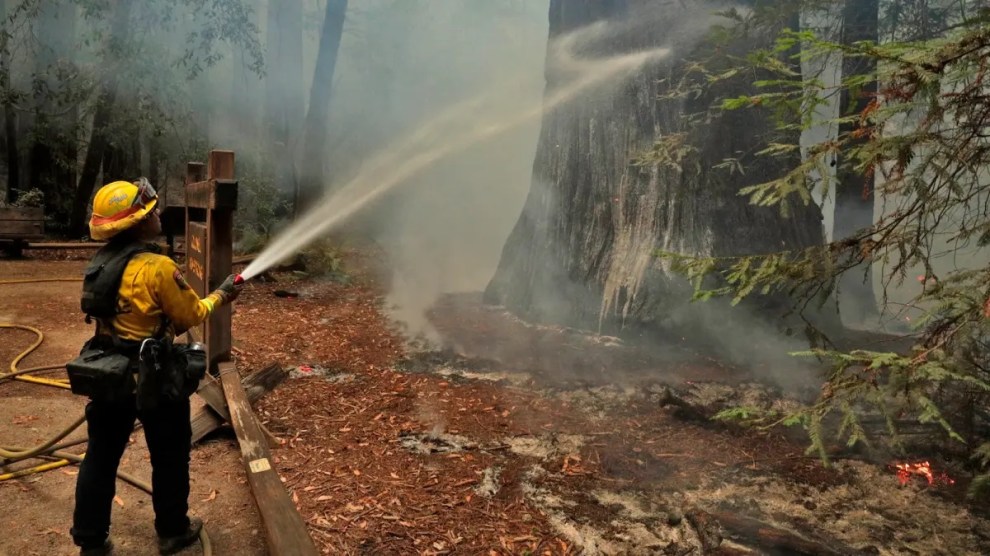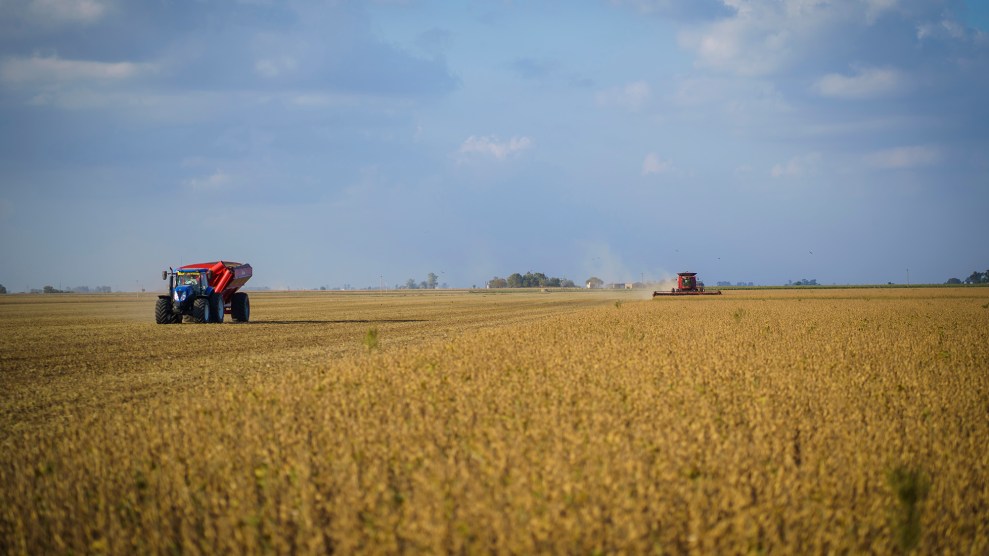
<a href="http://www.flickr.com/photos/jdickert/2423872941/sizes/m/in/photostream/">ILoveButter</a>/Flickr
Responding to the same FDA cave-in to the meat industry I flagged earlier today, Mark Bittman points to a damning study I missed when it came out in April.
In it (press release; full text), researchers gathered 136 samples of beef, chicken, pork, and turkey from supermarkets in five US cities and tested them for staph aureus, a common food-poisoning bacteria that causes everything from from minor skin infections to serious diseases like pneumonia, endocarditis and sepsis.
The results: 47 percent of the samples contained the staph; and of those, fully half were resistant to at least three classes of antibiotics. This suggests that a quarter of the meat in US supermarket shelves are tainted with multi-drug-resistant strains of this potentially deadly pathogen.
That may seem jaw-dropping, but it shouldn’t. The FDA itself routinely checks supermarket meat samples for resistant pathogens—and routinely finds them. Scroll around the FDA’s National Antimicrobial Resistance Monitoring System (NARMS) site, and I dare you to ever touch factory-farmed meat again. For example, did you see that more than 70 percent of the salmonella the agency found in ground turkey samples in 2007 was resistant to the common antibiotic tetracycline?
But NARMS only tests for four pathogen types: E. coli, salmonella, campylobacter, and enterococcus. This latest study suggests that if the FDA looked, it would find that are meat supply is commonly laced with resistant strains of other microbes, too.
And of course, infected to meat isn’t the only way the public can be exposed to resistant disease strains. Research has also shown that flies and cockroaches can carry them from factory farms to surroundings.
All of which makes the FDA’s latest cave-in on farm antibiotics not only inexcusable, but also really, really gross.

















